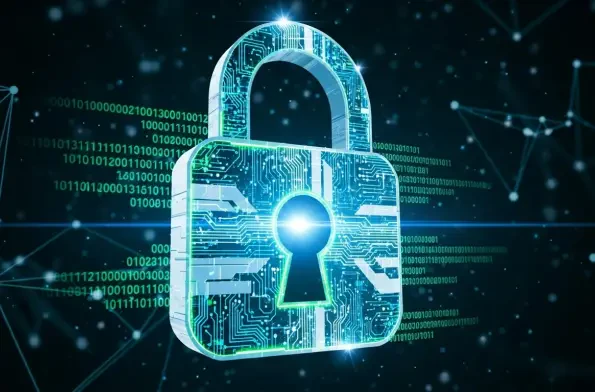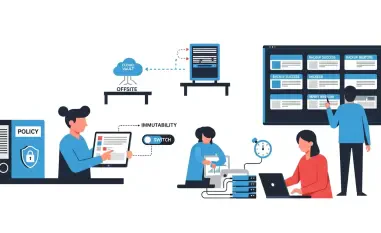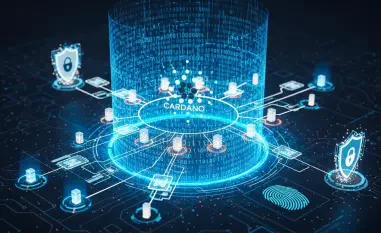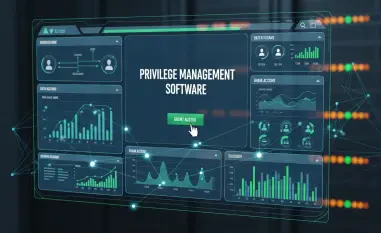I’m thrilled to sit down with Malik Haidar, a renowned cybersecurity expert with a wealth of experience in defending multinational corporations against sophisticated cyber threats. With a deep background in analytics, intelligence, and security, Malik brings a unique perspective on integrating business strategies with robust cybersecurity measures. Today, we’re diving into the recent network security incident in Nevada, exploring its impact on state services, the ongoing investigation, and the broader trend of ransomware attacks targeting government systems. Our conversation will touch on the challenges of maintaining essential operations during a crisis, the steps being taken to protect residents, and what this incident reveals about the evolving landscape of cyber threats.
Can you walk us through what happened during the network security incident in Nevada on August 25, and how state officials initially responded?
From what’s been made public, the incident was first identified early on a Sunday morning, which prompted an immediate response from state officials. They’ve been working around the clock since then to contain and recover from the issue. The initial steps included isolating affected systems to prevent further damage and engaging in active investigation to understand the scope of the problem. It’s a textbook response to limit exposure while trying to figure out what went wrong.
How has this incident disrupted state offices and services across Nevada?
The impact has been significant, with many government offices closing their doors to in-person services and several digital platforms going offline. State websites and phone lines have been intermittently unavailable, which disrupts everything from routine inquiries to critical updates. While specific agencies haven’t detailed their reopening timelines yet, the focus seems to be on restoring access safely rather than rushing things, which is the right approach given the potential risks.
What’s the latest on the Nevada Governor’s Office website, and how are residents supposed to stay informed while it’s down?
At this point, the official website remains offline, which is a major hurdle for communication. The state has likely set up alternative channels, such as social media updates or temporary hotlines, to keep residents in the loop. It’s critical during these times to rely on verified sources for information, and I’d advise residents to be cautious of any unverified messages claiming to provide updates or requesting personal details.
Emergency services like 911 are still operational according to official statements. Can you explain how they’re managing to keep these essential functions running during such a disruption?
Keeping emergency services up and running is always a top priority in these situations. From what’s been shared, the state has implemented temporary routing and operational workarounds to ensure that critical lines like 911 remain accessible. This likely involves backup systems or manual processes to bypass affected networks. While there are undoubtedly challenges—like potential delays or resource strain—these measures show a commitment to maintaining public safety even under pressure.
There’s no evidence so far that personal information was compromised in this incident. How confident can officials be about this assessment at such an early stage?
It’s encouraging that no personal data breaches have been confirmed, but I’d caution that it’s still early days. Confidence at this stage comes from initial scans and logs that don’t show unauthorized access to sensitive databases. However, thorough forensic analysis is needed to be certain, and I’m sure investigators are combing through every detail to confirm this. Until a full report is out, there’s always a lingering uncertainty, which is why vigilance is key.
Since the cause of the incident hasn’t been officially confirmed, what are some of the possibilities investigators might be exploring right now?
Without official confirmation, speculation is just that, but investigators are likely looking at a range of possibilities, including a potential cyberattack like ransomware. Given the uptick in such attacks on government entities, it’s a plausible theory. Other possibilities could include internal errors or hardware failures, but the pattern of disruption—taking systems offline and impacting services—does align with malicious activity. Pinpointing the exact cause will take time, as they’ll need to analyze logs, network traffic, and any unusual activity leading up to the incident.
State employees were placed on administrative leave on the day of the incident. Can you shed light on why this decision was made and how it affected operations?
Placing employees on administrative leave during a security incident like this often serves multiple purposes. It can be a precautionary measure to limit access to potentially compromised systems while the investigation is underway, reducing the risk of further damage or insider threats, even if unintentional. It also allows IT teams to work without interference. While many returned to work the next day, the initial disruption likely caused delays in non-essential tasks, though critical operations would have been prioritized with skeleton crews or remote setups where possible.
With ransomware attacks on government systems reportedly rising by 60% in the first half of 2025, what makes these entities such attractive targets for cybercriminals?
Government systems are prime targets because they often hold vast amounts of sensitive data and control critical infrastructure. Disrupting these services can create chaos, pressuring authorities to pay ransoms to restore normalcy quickly. Additionally, many government networks operate on legacy systems that are harder to secure against modern threats, making them vulnerable. The high stakes and public impact of these attacks also give cybercriminals leverage, as the cost of downtime can be immense, both financially and in terms of public trust.
What lessons can government agencies take from this incident and others like it to better prepare for future cyber threats?
One key lesson is the importance of resilience—building systems that can withstand or quickly recover from attacks. This means investing in updated infrastructure, regular security audits, and robust backup systems that aren’t connected to primary networks. Training staff to recognize phishing or other entry points for malware is also crucial. Beyond that, clear communication plans during a crisis can help manage public perception and maintain trust. It’s not just about defense; it’s about having a solid recovery strategy to minimize disruption.
Looking ahead, what is your forecast for the trend of ransomware attacks on government systems, and how should we brace for what’s coming?
Unfortunately, I expect ransomware attacks on government systems to continue rising as cybercriminals refine their tactics and exploit any gaps in security. We’re likely to see more sophisticated attacks, possibly involving AI to automate breaches or target specific vulnerabilities. Governments need to prioritize cybersecurity funding, foster public-private partnerships for threat intelligence, and adopt a proactive rather than reactive stance. It’s a tough battle, but with the right investments and mindset, we can stay ahead of the curve—or at least mitigate the worst impacts.













